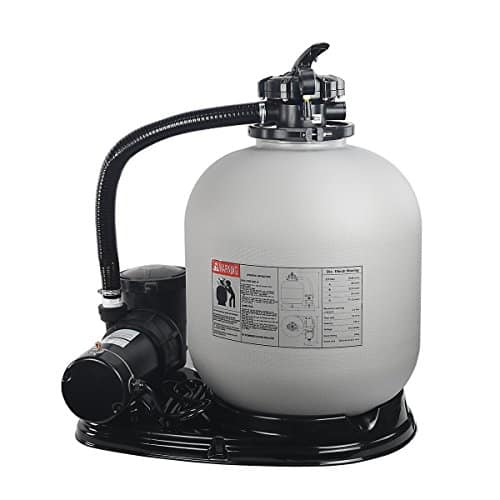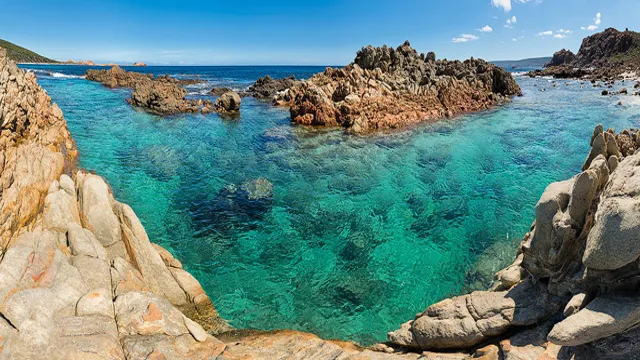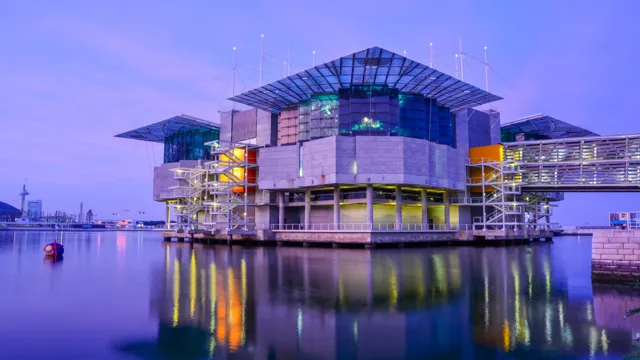The Reasons of Gardenia’s Yellowing of Leaves and How To Prevent This Problem

Disease and complications are a part of every being in the world. Even trees and flowers can suffer from complexities. Yellowing of Gardenia leaves, or chlorosis, is a significant issue out there. This mainly occurs due to the lack of sufficient Chlorophyll within the plants.
In this post, we have described the reasons for Gardenia yellow leaves and how to prevent this problem.
First of all, let us know about the reasons for chlorosis or yellowing of gardening leaves.
The Obvious Causes of Yellowing of Gardenia Leaves
Chlorosis is a disease that affects plants. Plant’s chlorosis fundamentally means that the plant needs more Chlorophyll.
This can be caused by uncontrolled seepage, root difficulties, an excessively high pH, a lack of nutrients from the soil, or a combination of these factors:
Uncontrolled hydration or excessive water content
When you have a gardenia bramble with yellow leaves, the first thing you should do is examine your soil for excess moisture. The Gardenia prefers moist soil, but not excessively so.
Add some more manure to help it maintain a more temperate environment and dispose of trash properly.
The improper maintenance of pH value
When you’ve ruled out water content as a factor, you’ll need to assess the pH balance of the soil. Gardenias, which require a pH between 5.0 and 6.5, face a complex problem with the soil. The effects of soil pH on plants can make it difficult for them to consume iron, nitrogen, magnesium and zinc.
One of the significant causes of chlorosis in plants is mineral deficiency. Magnesium (Mg) and iron (Fe), which cause similar leaf yellowing in gardenias, are the most well-known deficiencies. Each is treated differently depending on their ID:
Deficiency of magnesium
Yellow leaves appear at the base of branches, while the tips remain green. A dull green triangle may also be visible at the leaf base, resembling the plant’s leaf form. Magnesium salts, sometimes known as Epsom salts, can aid.
Nonetheless, keep in mind that excessive applications may end up in the soil.
Deficiency of Iron
The tips of branches and leaf veins regularly become yellow, but the base of the branches and leaf veins remain green. This is common as the climate cools, as more sluggish plant sap makes it more difficult to absorb the supplement.
As a result, spring is widely regarded as the best period for chelated iron treatment, as it lasts longer and retains its effectiveness. Because fluid types may lack sulphur, which is necessary for lowering pH, a powder structure is proposed (iron abatements as pH increments).
Adjusting the pH of soil for plants will indeed be difficult. You can solve the problem of your Gardenia’s yellow leaves by providing the missing vitamins. One method is to apply the correct balance of missing vitamins to the soil around the plant (beginning at around 5 feet or 1.5 meters from the plant).
Several groups treat the leaves with a water arrangement of the missing vitamins, but this is only a temporary cure, best-case scenario. It aids the momentum foliage return to green. For long-term plant health, it is preferable to adjust the soil pH.
Another option to help destroyed yellow leaves is to provide the nutrients directly to the earth, roughly 3 feet (.9 m.) or further away from the plant where the roots spread out.
How Can You prevent Gardenia’s yellowing of leaves?
Taking a look at the Hydration Problems
Check the trash and watering strategy when the first signs of yellowing leaves appear. The most common cause of chlorosis in plants is overwatering. Sodden soil is required for gardenias.
Nonetheless, oversaturation deprives the plant of necessary nutrients, resulting in yellow leaves. Add fertilizer or other natural materials to improve seepage.
When the top few inches of dirt are dry, you may want to water it. If these methods are successful in resolving the problem, the leaves should eventually regain their original colour. The leaves should be in brilliant green color.
Taking Care of Your Nutritional Issues
A pH imbalance is the root of most supplement problems. Gardenias will need a pH level from 5.0 to 6.5. The maintenance of optimum pH levels allows the plant to retain more soil minerals, helping prevent chlorosis deficiencies. The leaves ought to be bright green.
If fixing the seepage or limiting the watering doesn’t solve the problem, it’s time to look into the other possible causes of chlorosis.
Magnesium Deficiency Treatment
It is a great thing to know if you want to know about the reasons for Gardenia yellow leaves and how to prevent them. The tips of the leaves may stay green if the pH level is less than 5.0. A dull green triangle may also appear near the leaf’s base.
These symptoms indicate that the plant suffers from magnesium deficiency, which is caused by low pH levels. To help raise the pH of the soil, mix in some limestone. Epsom salts and magnesium salt increase the alkalinity of the soil as well.
Iron Deficiency Treatment
If the tips of the leaves turn yellow while the base of the leaves remains green, the plant is suffering from the opposite problem. It contains bare soil with a pH level above 6.5 rather than acidic soil.
The plant can’t get enough iron because of the high pH, resulting in iron deficiency. To solve the problem, add sulphur, which lowers the pH due to its acidic component. Excessive application of mixtures to solve uneven pH features should be avoided.
The general nature of the dirt may be harmed if too much salt or sulphur is applied.
The increment of soil’s Fertility
The best way to avoid yellow leaves is to make sure the gardenias have perfect growing conditions and vitamins.
Gardenias thrive in fertile soil with plenty of water. Gardenia plants are clammily filling pots, while the soil is exhausted everywhere around them. Soil that is constantly saturated can and will promote root decay and other dangerous or fatal plant diseases.
Choose a pot with waste holes and a well-fertilized soil, prepare the mix, or a 50/50 blend thereof in this fashion.
The use of organic matter will prevent the disease strongly
Plants and creatures provide the natural matter in dead plants, plant waste (leaves), and creature compost. One of its advantages is its ability to retain water and nutrients, allowing your plants to grow more quickly.
Conclusion
Each of the most miniature systems and creatures of the world should be taken care of. So, why would we leave the beautiful flower plants? Taking care of your plants in the garden can be one of the most beautiful things to do.
Gardenia plants usually suffer from this yellowing of leaves. As a gardening enthusiast, you should know the reasons for Gardenia yellow leaves and how to prevent this problem. We back you to follow the points mentioned above and processes to do so.






